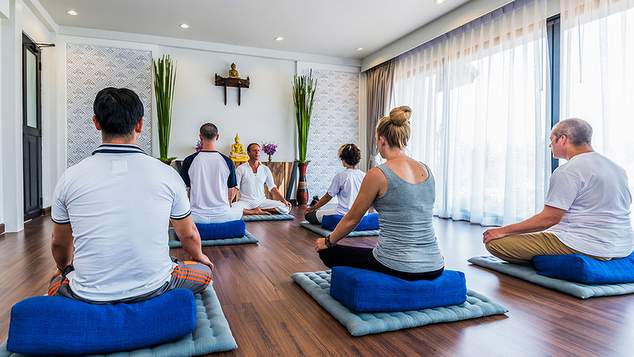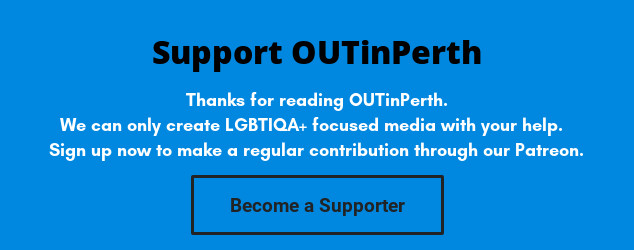
The Cabin is an addiction treatment facility based in Chiang Mai in Thailand, that allows people to engage with a program in a location that is away from their triggers and their regular surroundings.
Last year they opened a new operation Resort 12 – which focuses specifically on treating LGBTI people. OUTinPerth spoke to Stu Fenton, the Principal Counsellor at the facility.
What’s the advantage of a treatment facility in that specifically focuses on a LGBTI clientele, and why head to Thailand?
It’s more about what we do than where we are. People tell us that when they go there they can talk about anything that’s happened to them in their life – uncensored.
I remember when I went to rehab many years ago and I remember censoring lots of information about my sexual behaviour, about HIV, and a whole manner of things. When clients come into our facility they can talk about anything from the get-go, and feel comfortable because they’re amongst other LGBTI people.
In terms of being in Thailand, we work with lots of lawyers and bankers, and people with good jobs, one of the things they like is they can go away somewhere quite removed from Australia, so when they return they can just say they’ve been on a holiday.
We often have an idea that rehab is something that should be painful, not something that occurs in a resort, is that image a misnomer?
It often is a painful experience, people who have been using drugs and alcohol to anaesthetise themselves, self-medicate for a period of time, when they go to treatment they don’t have that buffer anymore. When they are talking about trauma in their lives, or their family of origin issues, LGBT people often have experienced lots of bullying and magilisation, they’ve experienced lots of rejection. So when we discuss those issues a lot of emotions do come up. In group sessions and one-to-one sessions that we run we will have people cry and feel very raw emotions for the first time in a long time.
How do you work with a client to identify if their goal should be harm reduction or abstinence. How do you weight up those choices of different pathways?
I was explaining this to a new client yesterday, there’s three categories in drugs and alcohol -drug users, drug abusers and drug addicts. Drug users, they can use drugs and alcohol without a problem. Drug abusers are people who have a problem, and they might get a little bit of counseling. Drug addicts are in a third category, their saying they never want to use drugs again, terrible things happen, they swear black and blue that they won;t use drugs again – and then they end up doing drugs three days later. They are locked in a cycle of unmanageability.
Part of my role is to work out which category people fit into, because if they’re drug addicts in the third category they need abstinence. If they’re in the second category they’ve probably got a bit more willpower and control over how they operate, they can usually apply a harm reduction approach to what they’re doing and manage their addiction.
Find out more at www.resort12.com
Graeme Watson






